
Furniture designers embrace sustainability at Milan Design Week, with 3Rs – reduce, reuse recycle – to the fore as much as 3D
From Philippe Starck to Timothy Oulton and Enrico Marone Cinzano, designers at the year’s most influential design event, the Salone del Mobile, showcased eco-friendly furniture solutions
The focus was on sustainability at the world’s most influential design event this year, with organisers of Milan’s Salone del Mobile launching their first ever manifesto, devoted to the issue, and several exhibitors showing designs that minimised or eliminated plastic.
The week-long fair, held since 1961, is the place where leading brands and up-and-coming designers show their newest and most innovative products, and the attention paid to environmental issues at the event was evident.
Prada Tower unveiled at Milan Design Week ‘explores effect of space on art’
The unprecedented manifesto from the organisers of April’s fair called on the design industry to improve innovation and sustainability, and to embrace the circular economy. In practice, this means exploring new solutions for recycling materials and working with sustainable natural materials, keeping resources in use for as long as possible, and recovering and regenerating materials at the end of their life.

While a great deal of plastic was still on show, some designers and brands were feted for taking eco-friendly approaches that went beyond merely paying lip service to the need for more sustainability.
At Ventura Future, Japanese designer Kodai Iwamoto’s Plastic Blowing project transforms cheap PVC pipes used in plumbing into contemporary vases. The process is similar to the traditional way of making hand-blown glass. The pipes are warmed to a soft consistency before being placed in a wooden mould and inflated by blowing down a tube.
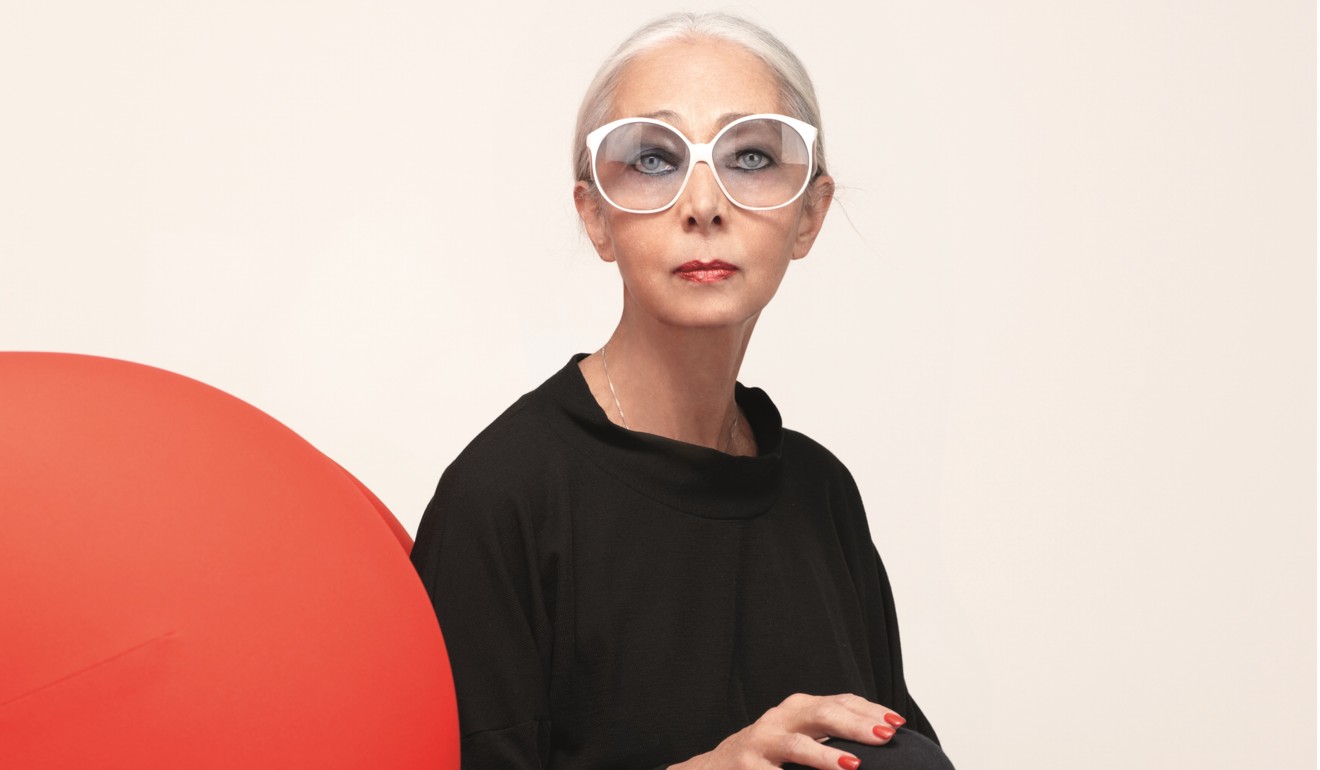
Design maven Rossana Orlandi’s eponymous gallery held a series of talks on the theme of “guiltless plastic”, while also showing eco-friendly products including Alvaro Catalán de Ocon’s PET lampshades made from discarded plastic bottles, and Italian designer Enrico Marone Cinzano’s outdoor/indoor solar powered Pino coffee table.
Made from recovered sea pine, cradle-to-cradle glass, and high efficiency LED strips, invisible solar panels resolve the problem of making the panels aesthetically pleasing. “Designers need to help solve these sorts of problems,” Orlandi says.
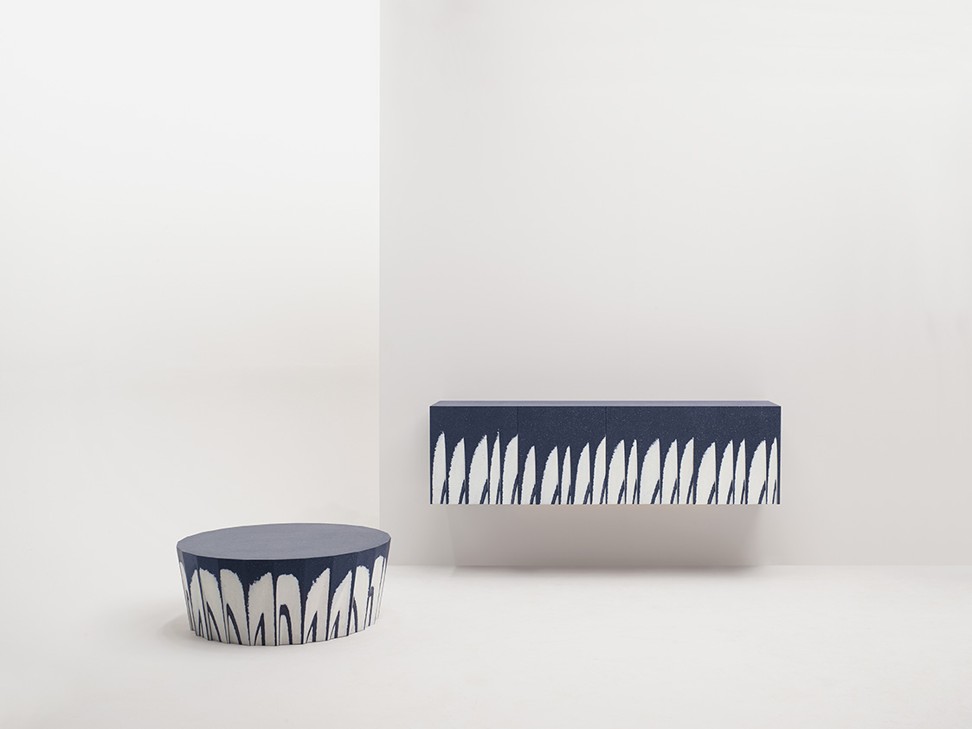
Even Italian furniture company Kartell’s new Philippe Starck-designed Woody Collection moved away from plastic, usually its material of choice. Instead a newly patented process was introduced that extends the curvature of wood to create a sinuous chair (although the base and legs are still plastic).
“After more than 30 years of research, we have finally created wooden seats that really express, thanks to the alliance with plastic, the true essence of wood,” Starck says.
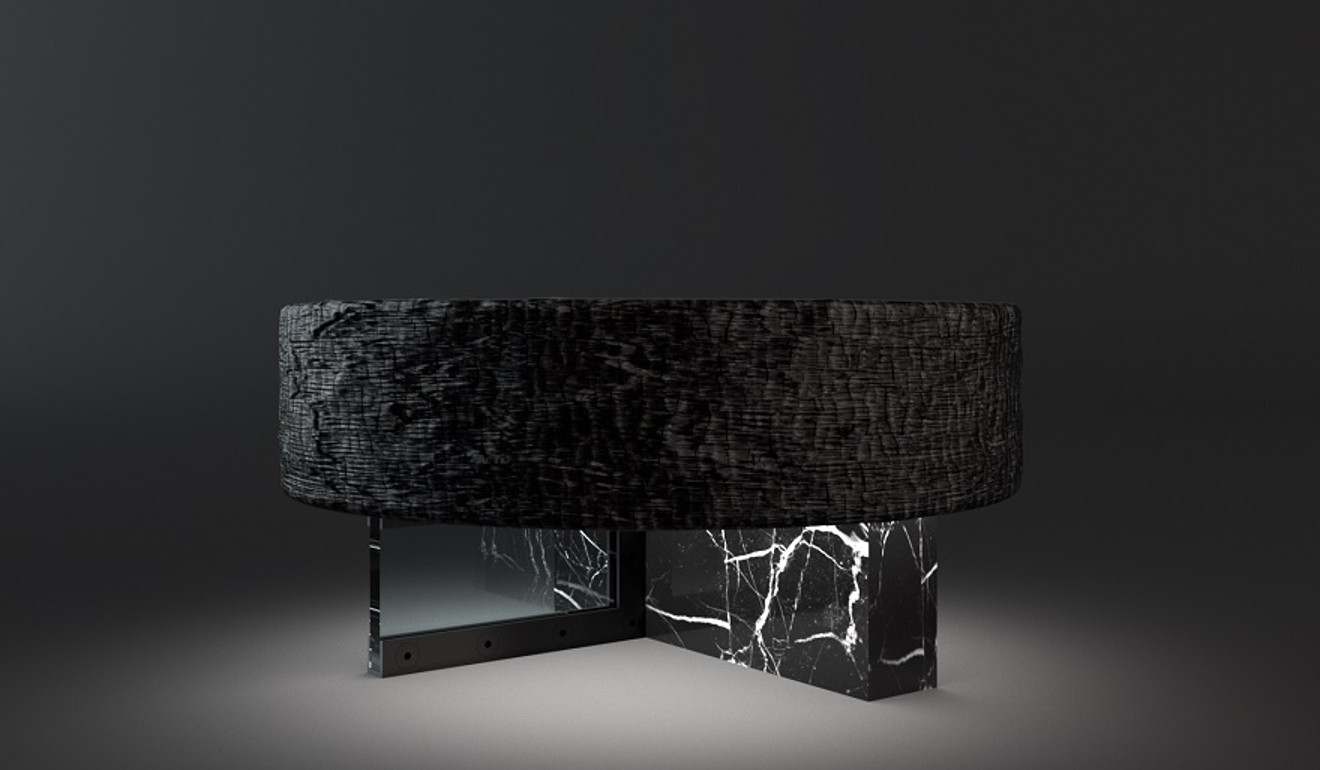
Danish textile manufacturer Kvadrat and Really (a new company they co-own that upcycles textiles) introduced a collection by seven architects and designers including Jo Nagasaki, Raw Edges and Jonathan Olivares, who have created products from solid textile board, a new, hard yet flexible, reusable material made from end-of-life fabrics and offcuts, and acoustic textile felt.
One of the designers, Christien Meindertsma has transformed felt into acoustic fur that can be stuck to magnetic wallpaper to create various compositions: the more dense the hanging, the greater the acoustic effect.
Hong Kong needs green buildings to spruce up the environment
“The intention is to show how beautiful things can be made out of the massive global problem of textile waste,” curator Jane Withers says.
British designer Timothy Oulton also turned to natural materials, working with Chinese indigo dye craftsmen in a remote village to create fabric for his Noble Souls sofa range, which uses 100 per cent natural vegetable dyes, feathers and linens.
New Graph Technology and its relationship to the environment were omnipresent at Google’s first showing in Milan; the online giant worked with trend forecaster Li Edelkoort to demonstrate how electronic devices of the future could be more tactile.
The intention is to show how beautiful things can be made out of the massive global problem of textile waste
Edelkoort invited the young Eindhoven-based artist Kiki van Eijk to produce six original textile pieces that encapsulate the essence of software.
Based on miniature still lifes including Google’s materials, the collages were photographed and digitally converted to a larger scale, exaggerating certain structures and textures, before being woven on a Jacquard loom. Van Eijk has used more than 14 different yarns, from mohair and wool to organic cotton, linen and metallic fibres.
3D software company Dassault Systemes tackled the global problem of air pollution, inviting Japanese architect Kengo Kuma, Superflux and Studio Roosegaarde to think creatively about the issue in their Design in the Age of Experience installation. Kuma’s Breath/ng air-purifying concept has large suspended coils of a pollution-neutralising fabric while Roosegaarde’s Smog Free Project boasts a bicycle that cleans air for the cyclist.
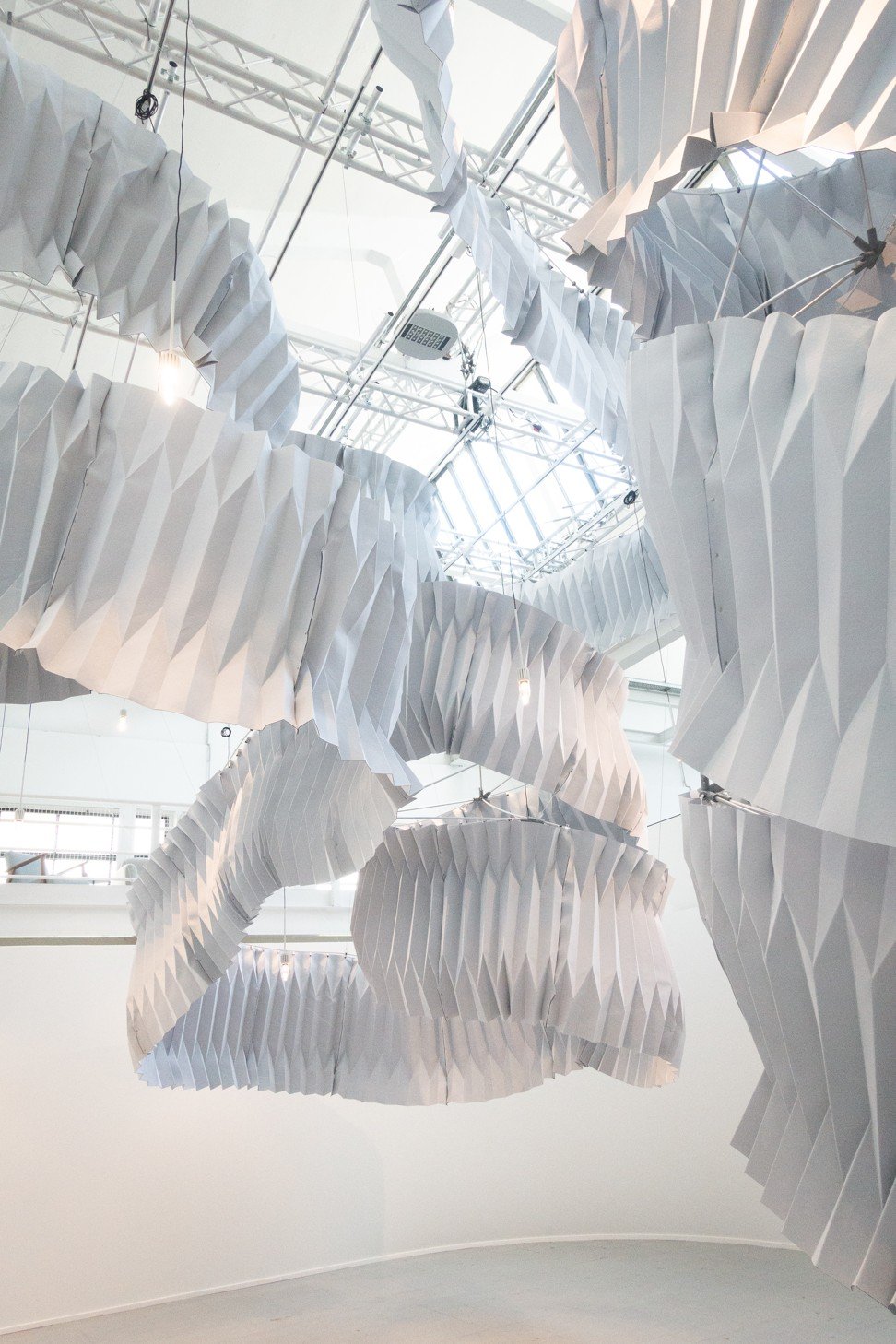
At the Fair, design studio Waarmakers considered the challenge of reducing waste, with the R16 light made from its own packaging. The cardboard tubes come with a laser-cut perforated section that is removed to reveal the light.
Panasonic Design won the Best Technology Award for its Transitions installation featuring the company’s nanoe X air purification ionisation technology with a “silky fine mist” created by micronising water with high-pressured air.
The immersive, 20-metre-diameter air dome resembling an enormous water-drop was installed in the courtyard of the Pinacoteca di Brera, at the Brera Academy of Fine Arts. Advertised as an opportunity to experience the cleanest, purest air in Milan, it was notable for its focus on integrating intangible elements such as well-being and emotions.
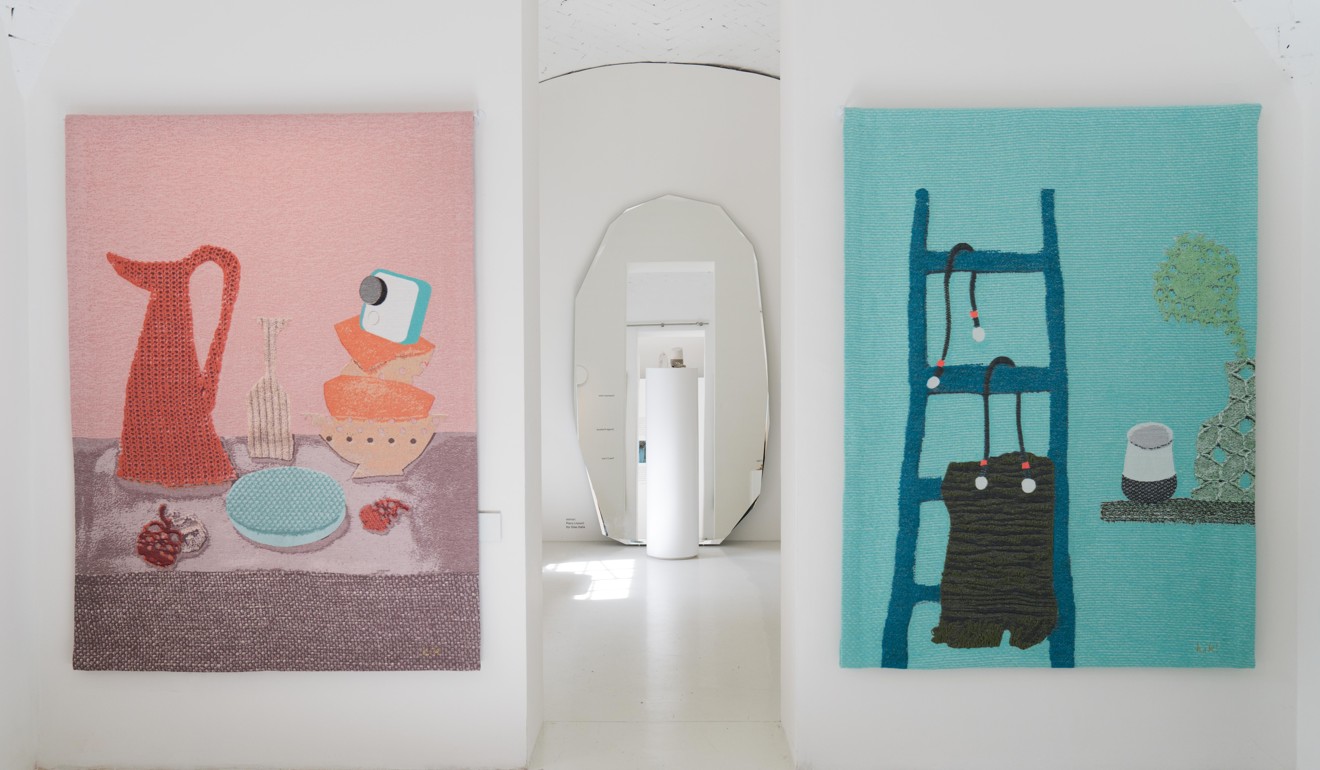
At the neoclassical Milanese Palazzo Serbelloni, Austrian company Swarovski installed a grand greenhouse in a hidden courtyard where it showed Dutch solar designer Marjan Van Aubel’s cyanometer (an instrument to measure the blueness of the sky) lighting design that incorporates a portable solar cell with a custom-made Swarovski crystal. Energy stored in the solar crystal is used to power the light sources of the cyanometer, an instrument for measuring “blueness”, exuding a light that gives the sensation of the sky indoors.
“Cutting the crystals in certain angles refracts the light in a way that focuses more intensely on the solar cells, increasing its efficiency,” Van Aubel says.
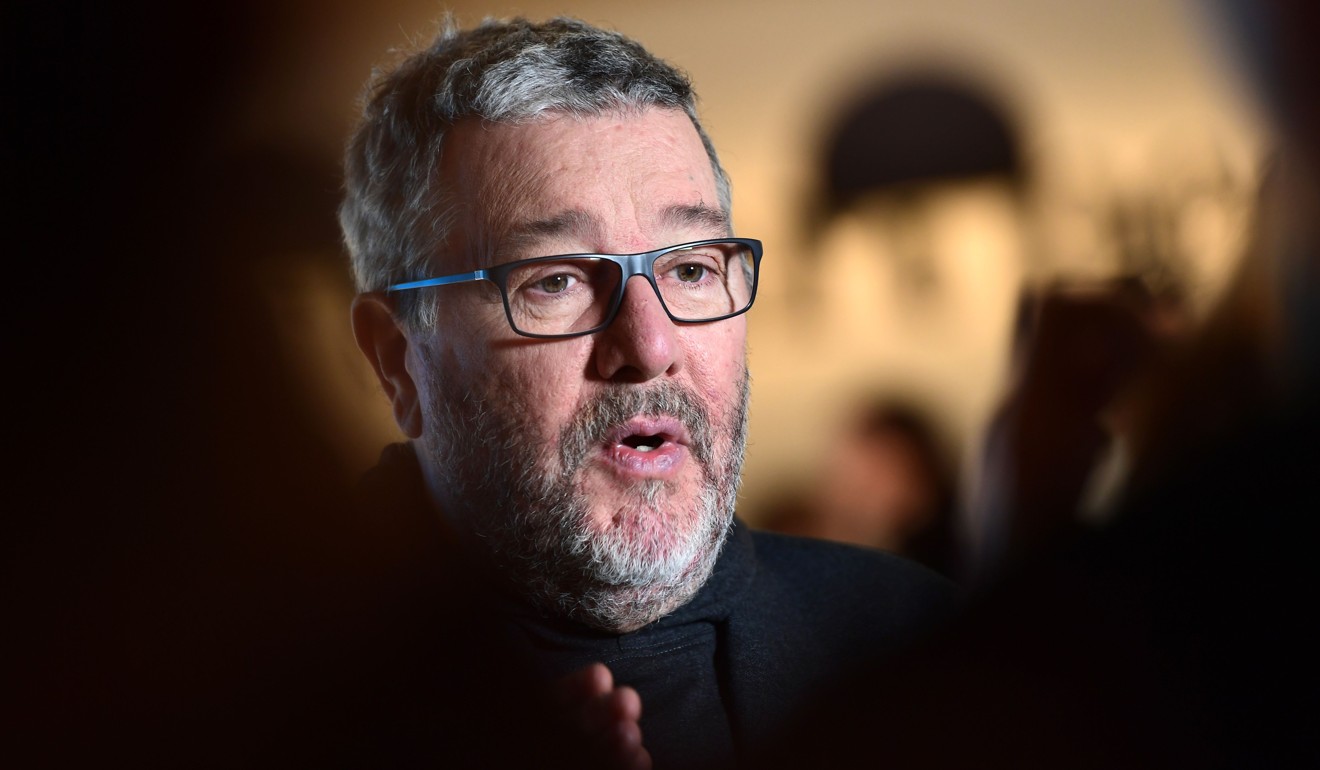
At jeweller Giampiero Bodino’s private 1930s Villa Mozart, Doppia Firma highlighted the relationship between designers and artisans with an exhibition showing 13 international designers who have each collaborated with Italian master artisans to create an original piece.
On show were works from multiple disciplines, including a collection of eight smog masks designed by Philippe Taber and made by Sergio Boldrin of Bottega dei Mascareri. Papier-mâché, traditionally used for Venetian masks, requires extraordinary skill to model so that the surface remains flawless. For this project the masks were formed in a mould and then decorated with acrylic paint. Two active charcoal filters are attached to a breathable fabric filter covering the nose and mouth.
Here’s how to retain a little personality in Hong Kong’s concrete jungle
One of the most eye-catching, eco-friendly installations was a 3D-printed house built on site at Piazza Cesare Beccaria. The designer, Italian architect Massimiliano Locatelli of CLS Architetti, worked with Italcementi HeidelbergCement Group, Arup and Cybe to create a 100 square metre, one-storey round house with a rooftop garden.
The installation provided a simple yet effective example of how good design can incorporate flexibility, affordability and sustainability: salutary lessons for creatives everywhere.
“It is a new way to solve human, social, natural disasters or economic problems,” the designer says.

Sick of looking at the prototypes? You can buy these items now
Milan Design Week usually presents prototypes that are months or even a year away from being available for sale, giving brands and designers an opportunity to test the consumer market and fine-tune product designs.
This year, however, several brands responded to the fast pace of digital social media and immediate consumer satisfaction with ready-to-buy items. British product designer Lee Broom led the way with his Observatory exhibition presenting four designs of outer space-inspired lighting inside a grade two listed building in Brera. The designs – Eclipse, Orion, Aurora and Tidal – utilise LED technology. The exhibition will travel to New York in May for NYCxDesign and will also be shown in September at the London Design Festival.
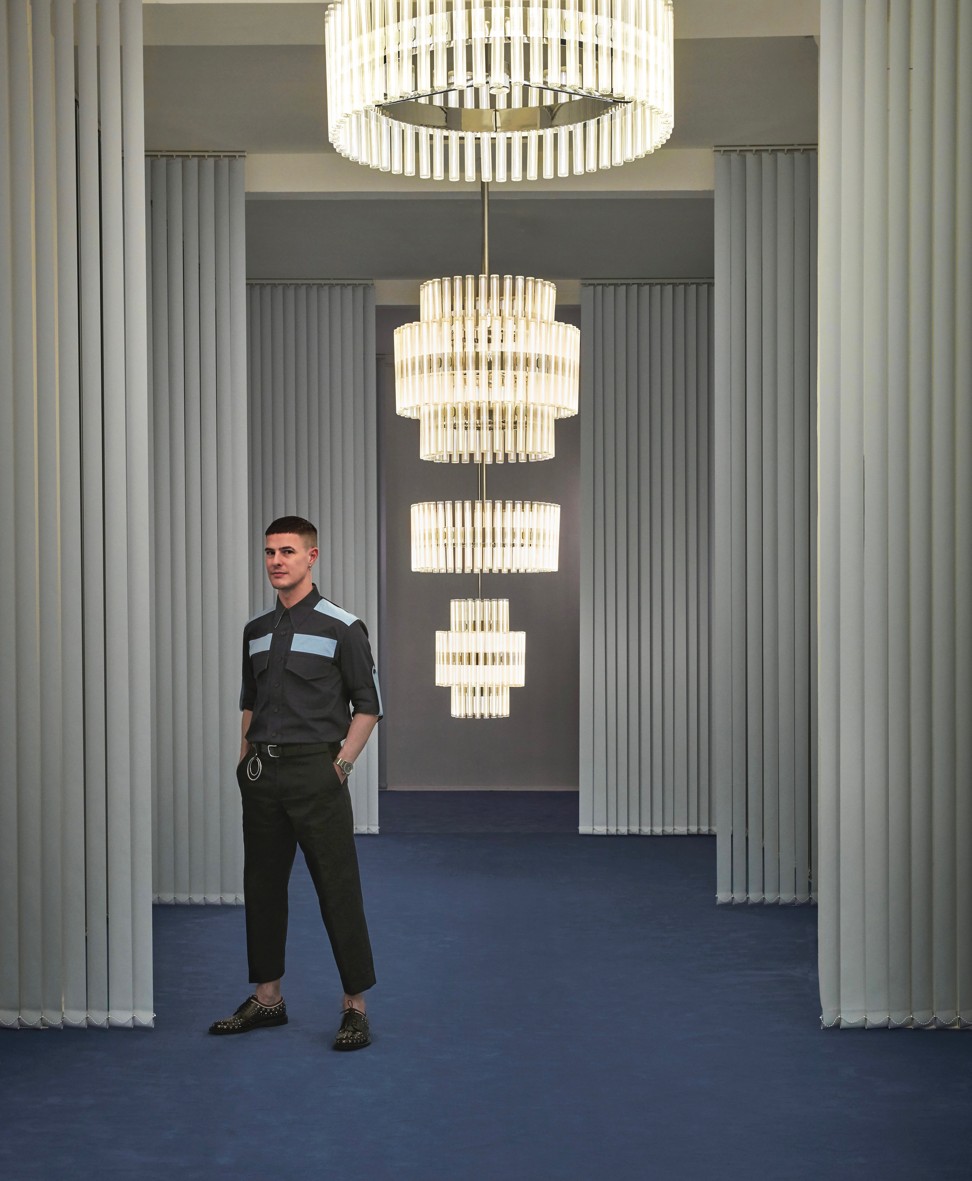
Elsewhere, furniture makers Established & Sons’ new collection of competitively priced furniture, featuring a Bouroullec brothers sofa that can be flat-packed and a tall floor light that bounces back and forth when touched, was ready to order.
“It is not good enough to show an idea in Milan and then put it into production afterwards. The market moves very fast, so as soon as you have an idea, you need to run with it and be ready for dispatch at Salone,” says the brand’s design director Sebastian Wrong.

It seems to be a good call. According to Wrong: “Our reputation is built not only on our commitment to outstanding design, craftsmanship and innovation – it’s also incredibly important to our customers that we deliver excellent service and the ability to deliver our products quickly is an integral part of that.”
Meanwhile, Milan Design Week saw online luxury fashion retailer Moda Operandi provide new home brands from Luisa Beccaria, Pucci and Etro.
Plan for a self-sustaining building on Hong Kong’s waterfront
“Our customers around the globe will experience the energy and immediacy of Milan Design Week from the comfort of their mobile device or laptop,” says Moda Operandi CEO Deborah Nicodemus. “Our vision for this is a seamless transition in what we do from a ready-to-wear perspective in that we will present collections in the spirit of fashion runway.”

